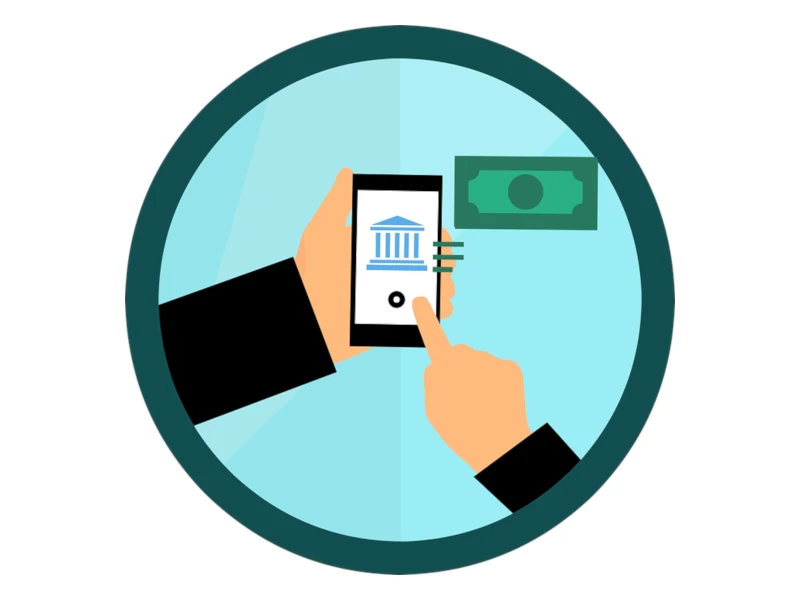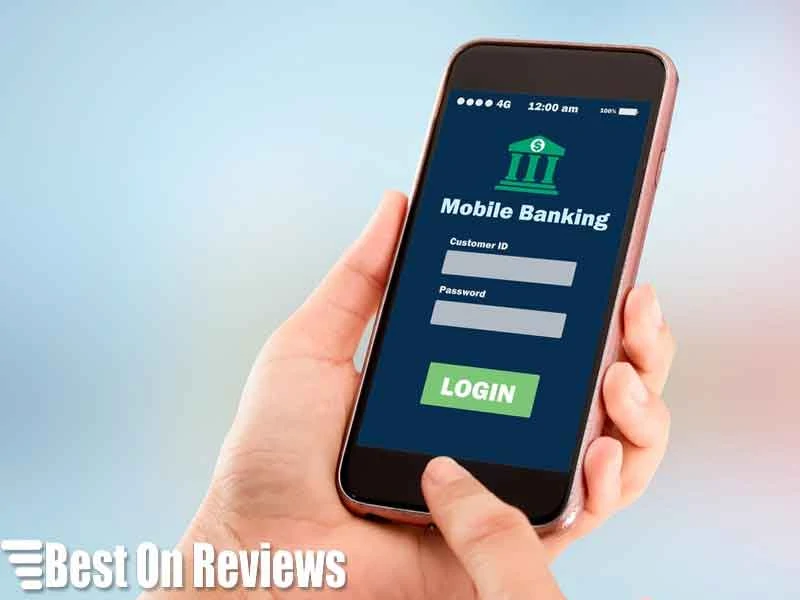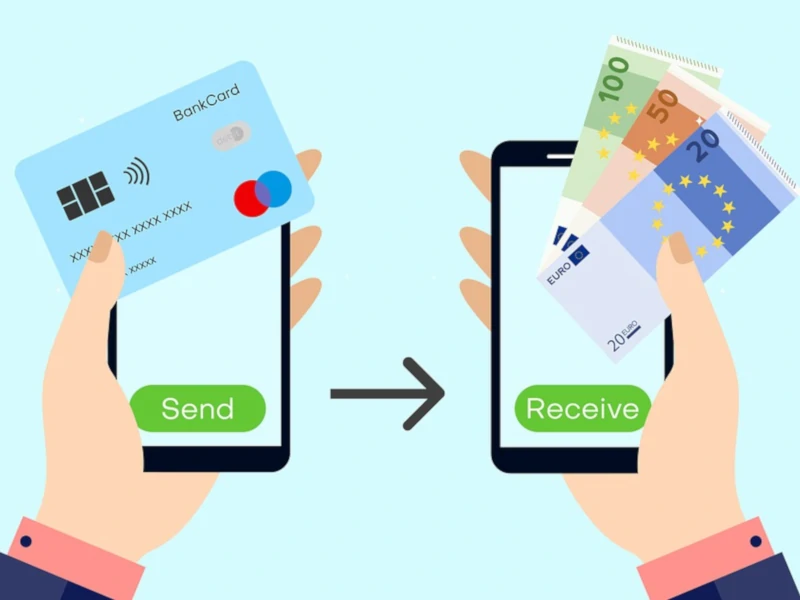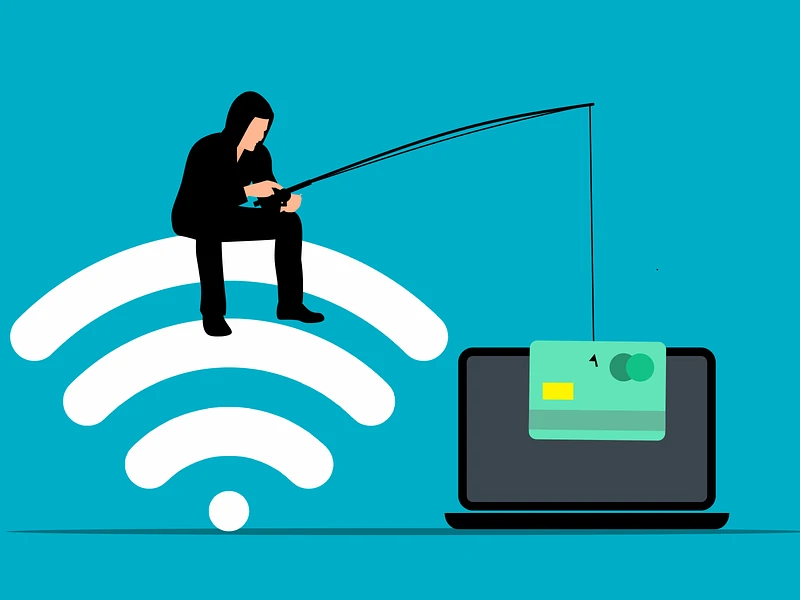What Does Cash Out Mean On Cash App? – STEPS to Cash Out
What does cash out mean on Cash App?
Cashing out on Cash App refers to getting cash from your account either by transferring to and withdrawing from your bank or using your Cash Card to withdraw from an ATM.
Cashing out is straightforward and can be done instantly, if necessary.
If you’re having difficulty understanding what cashing out is and how to withdraw or cash out money on Cash App, we’ll cover everything you need to know.
What Does Cash Out Mean On Cash App?

What does cash out mean on Cash App?
Cashing out on Cash App refers to transferring your balance in the app to your linked bank account.
You can then withdraw this money from your bank.
Alternatively, you can withdraw the money from Cash App directly from any ATM using your Cash App Card without transferring the money to your bank first.
How to Cash Out On Cash App to a Bank Account
To cash out funds from your Cash App account to your linked bank account, follow these steps:
- Open Cash App.
- Click on the Banking or Money tab from your Cash App home screen. You can find it in the bottom left corner.
- Then select “Cash Out.”
- Type the amount you want to cash out.
- Then press “Cash Out.”
- Choose a deposit speed. Standard deposit is free and takes 1-3 business days. An instant deposit will cost a fee, but the money is available immediately.
- Finally, confirm with your PIN or Touch ID to finish the transaction.
How to Cash Out On Cash App Without a Bank Account
You can use your Cash App Card to cash out from Cash App at any ATM.
That way, you can have paper money immediately without having to transfer the money to your bank account first.
If you don’t have a Cash Card, another trick is to send the money to a trusted person’s Cash App account and then ask him or her to cash out for you.
You can use this method to cash out if you haven’t linked your bank account.
To withdraw without a bank account:
- Launch Cash App on your mobile and then navigate to the “Activity” page.
- Then, on the pending payment tab, click “Accept” on the button next to the sender’s name.
Because you do not have a bank account connected to your Cash App, the money will be sent directly to your Cash App wallet.
Keep in mind that having a bank account connected to your Cash App may always be preferable because it speeds up the transfer and guarantees that it goes smoothly.
If you would like to see what it visually looks like to learn what does cash out mean on Cash App, watch the video below:
How to Cash Out On Cash App to a Debit Card

Cash App allows you to make conventional deposits to your bank account as well as Instant Deposits to your associated debit card.
You may be able to convert pending Standard Deposits to Instant Deposits if you have a debit card linked to your Cash App.
To cash out immediately on Cash App to a debit card, follow these steps:
- On the Cash App main screen, tap the Activity tab.
- Select the deposit to accelerate the process.
- Select Instant Deposit.
If the button is not present, the money has already been transferred and should arrive within 1 to 3 business days.
You may send money directly from Cash App to your associated bank account. Then, with your debit card, you may withdraw funds from any ATM.
Standard deposits are free of charge and are delivered within 1-3 business days.
Instant Deposits are subject to a 0.5-1.75% fee (with a minimum cost of $0.25) and appear on your debit card immediately.
Cash App Direct Deposit Not Showing Up? If you’re having trouble with your deposits, here could be why and how to fix the issue!
How Long Does the Money Transfer Process Take On Cash App?
Cash App offers two options to transfer money:
- Standard deposits to your bank account.
- Instant Deposits to your linked debit card.
As noted above, standard deposits are free and arrive within 1-3 business days.
Instant Deposits are subject to a 0.5% -1.75% fee (with a minimum fee of $0.25) and arrive instantly on your debit card.
How Much Does Cash App Charge to Cash Out?

Cash App does not charge a withdrawal fee unless you pick the instant deposit option, in which case there is a 0.5% -1.75% fee (with a minimum fee of $0.25).
The normal deposit is free and takes 1 to 3 business days, while you will receive an instant deposit almost immediately.
Read our related article, What Percentage Does Cash App Take Out? for more on the fees you may be charged while using Cash App!
Can I Use Cash App to Transfer Money to Myself On a 2nd Account?
Yes, you may send money to yourself using Cash App to your second account.
To do so:
- Open Cash App, enter the amount and then tap Pay.
- Enter your second account’s email, phone number, or $Cashtag.
- Enter the payment reason and tap Pay.
- Confirm Cash App with your PIN or Touch ID.
If you make too many accounts and do it too frequently, the AI will raise a red signal, and your account may be terminated.
It would be easier to just transfer the money and withdraw it from your debit card or bank account.
Is Cashing Out On Cash App Safe?

Yes, cashing out is completely safe and secure on Cash App, due to the encrypted nature of Cash App’s transactions and the app’s security measures.
Cash App employs cutting-edge encryption and fraud detection technologies to ensure the safety of your data and funds.
Whether you are using a public or private Wi-Fi connection or data service, any data you provide to Cash App is encrypted and transmitted to their servers securely (3G, 4G, or EDGE).
However, you should always be aware of the possibility of fraud and scams.
FAQs
How Does Cash Out Work On Cash App?
To transfer funds from your Cash App to your bank account, follow these steps:
- On the Cash App main screen, tap the Banking/Money tab.
- Press the Cash Out button.
- Select an amount and click Cash Out.
What Happens When I Cash Out On Cash App?
When you Cash Out on Cash App, the amount of money you choose to transfer to your bank account gets deducted from your Cash App balance and added to your linked bank’s balance.
What Does Add Cash Mean On Cash App?

You can add money from your linked bank account to Cash App directly.
To do so, follow these steps:
- On the Cash App main screen, tap the Banking/Money tab.
- Select Add Cash.
- Select an amount.
- To confirm, tap Add Use Touch ID or enter your PIN.
In addition, at selected merchants or convenience stores, you may deposit paper money into your Cash App balance.
When you arrive at the store, tell the cashier you want to use your barcode to load funds to your Cash App.
If they are unsure how to assist, show them the directions by touching the “?” on your map.
Hand the cashier the money you want to deposit when the clerk scans the barcode on your Cash App.
The monies will be credited to your Cash App balance automatically.
NOTE: We recommend maintaining a copy of your cashier’s receipt.
Why is Cash App Money Not Showing Up in the Bank Account?
Some debit cards don’t always support the transaction networks Cash App uses to transmit payments instantaneously, so the funds may not be sent to your bank account right away.
If Cash App is unable to transmit your cash immediately, it will be accessible in your bank account in 1-3 business days, and any Instant Deposit fees will be returned.
Another reason could be that the money was sent to the wrong Cash App ID or bank account.
